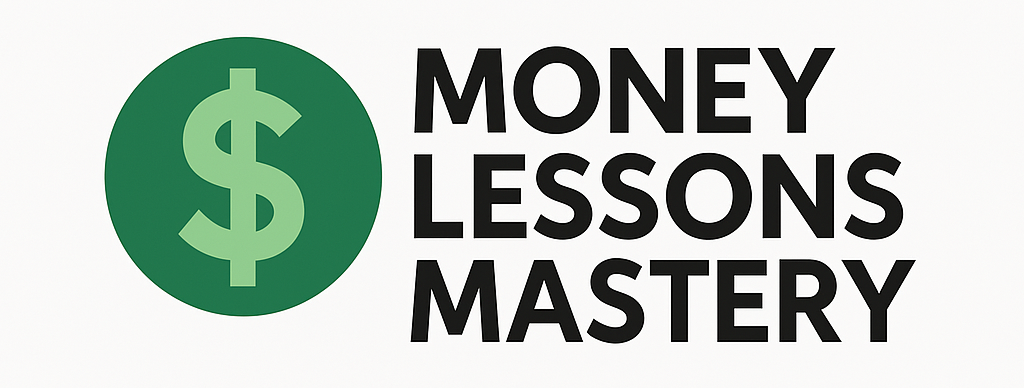Exchange-traded funds (ETFs) have become a go-to choice for many investors looking to diversify their portfolios. Offering a simple, cost-effective way to gain exposure to a wide range of assets, ETFs can play a key role in reducing risk and enhancing long-term performance. Here’s how you can use ETFs to diversify your investments smartly and effectively.
1. Understand What ETFs Are
Before diving in, it’s important to grasp the basics. An ETF is a type of investment fund that trades on stock exchanges, much like individual stocks. Most ETFs are designed to track the performance of a specific index, sector, commodity, or other asset group.
Think of an ETF as a basket of investments—owning one provides exposure to many different securities in a single transaction, allowing for easy diversification.
2. Choose ETFs That Match Your Investment Goals
There are thousands of ETFs available, so selecting those that align with your financial goals is crucial. Consider the following types:
- Broad Market ETFs: These track indices like the S&P 500 or total market indexes, giving you wide exposure to the U.S. stock market.
- International ETFs: Provide access to markets outside the U.S., helping to diversify geographic risk.
- Sector ETFs: Focus on specific industries like technology, healthcare, or energy.
- Bond ETFs: Offer fixed-income exposure, which can help balance risk in an equity-heavy portfolio.
- Thematic or ESG ETFs: Reflect specific investment themes or values, such as clean energy or socially responsible companies.
3. Spread Your Investments Across Different Asset Classes
Relying solely on stock ETFs—even diversified ones—doesn’t mean your entire portfolio is truly diverse. To enhance diversification, include a mix of:
- Equity ETFs for potential growth
- Bond ETFs to provide stability and income potential
- Commodity ETFs (like gold or oil) for inflation protection and correlation benefits
- REIT ETFs for diversified real estate exposure
Mixing these asset classes helps ensure your investments respond differently to market movements, reducing overall volatility.
4. Pay Attention to Costs and Liquidity
Not all ETFs are created equal when it comes to costs and ease of trading.
- Expense Ratios: This is the annual fee expressed as a percentage of your investment. Lower fees mean more of your money stays invested.
- Bid-Ask Spread: Choose ETFs with high trading volume and narrow spreads to minimize transaction costs.
Also, check whether the ETF is commission-free on your brokerage platform, which can save you money over time.
5. Rebalance Your ETF Portfolio Periodically
Over time, certain ETFs may grow faster and begin to outweigh others in your portfolio. This can throw off your desired asset allocation.
Rebalancing helps you stay aligned with your investment strategy by selling ETFs that have become overweight and buying those that are underweight. Consider rebalancing at least once a year or whenever your allocations deviate meaningfully.
Final Thoughts
ETFs are a powerful tool for diversification, offering instant access to a broad array of investments with just a few trades. By choosing the right mix of ETF types, keeping costs low, and rebalancing regularly, you can create a resilient portfolio tailored to your financial goals. As always, it’s wise to do your research or consult with a financial advisor before making significant investment decisions.
